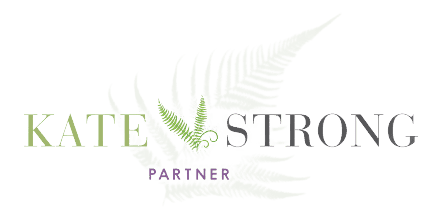
Why Emotional Healing Feels So Hard
Why Emotional Healing is So Hard
Emotional healing is often seen as a journey, but not one that’s as simple as following a map. The process involves delving deep into your psyche, facing long-buried emotions, and breaking patterns that have defined your behavior for years, even decades. It’s no wonder that many people find emotional healing to be incredibly challenging. But what makes it so difficult, and why do so many struggle with the process?
1. Confronting Deeply Rooted Pain
One of the primary reasons emotional healing is hard is that it requires you to confront emotional pain that may have been buried for a long time. This pain might stem from childhood trauma, abusive relationships, or unresolved issues of self-worth. These emotional wounds often run deep, and facing them can feel overwhelming. People tend to develop coping mechanisms—like avoidance, denial, or emotional numbing—to protect themselves from the intensity of their pain.
Breaking through these defenses to address the core issues involves vulnerability. It means allowing yourself to feel discomfort and emotions that have been suppressed for years. It’s no easy task to willingly revisit these difficult moments and experiences, especially when doing so can feel like reopening an old wound. This is why emotional healing takes courage and why so many shy away from starting the process in the first place.
2. Emotional Habits and Conditioning
Over the years, many of us develop emotional habits and conditioning that affect how we respond to ourselves and others. These habits often form as survival mechanisms in response to past experiences. For example, people-pleasing, codependency, or struggling to set boundaries are often learned behaviors that helped us navigate difficult environments, whether in childhood or in adult relationships.
The problem is that these emotional habits can become ingrained, making it hard to break free from them. Healing involves unlearning these patterns, which can feel like losing a part of your identity. The process of changing these conditioned behaviors involves repeated practice and setbacks, which can be frustrating and exhausting.
3. Fear of Change and the Unknown
Change is one of the most challenging aspects of emotional healing. Even though unhealthy patterns may cause pain, they are often familiar and provide a sense of safety. The prospect of changing these patterns can create a fear of the unknown. Will I feel different? How will my relationships change? What will happen if I set boundaries and stop people-pleasing? These are common fears that people face when working through their emotional wounds.
The fear of change often results in resistance, consciously or subconsciously. Our minds tend to cling to what is known, even when that familiarity is harmful. Moving forward means stepping into uncertainty, and that can feel terrifying. Emotional healing requires a leap of faith—trusting that on the other side of the discomfort, a healthier and more balanced self awaits.
4. The Non-Linear Nature of Healing
Many expect healing to follow a straight path, where progress is steady and clear. In reality, healing is far from linear. It’s a winding road with ups and downs, setbacks, and plateaus. You might feel like you’ve made significant progress one day, only to feel emotionally raw and vulnerable the next. This inconsistency can be discouraging, especially when progress feels slow or when old wounds resurface after you thought they were healed.
It’s essential to understand that healing doesn’t happen overnight. It’s a gradual process, and often, it’s two steps forward, one step back. These setbacks aren’t signs of failure; they’re part of the journey. Patience and self-compassion are crucial during these moments, as healing takes time and isn’t always easy to measure.
5. The Need for External Support
Emotional healing can be hard because it’s often done in isolation, but healing requires connection. Many of the wounds we carry are relational, meaning they were caused by relationships with others—whether it’s family, friends, or romantic partners. Yet, the act of healing sometimes feels deeply personal and solitary. However, healing in isolation can prolong the process.
The truth is that seeking support from trusted friends, therapists, or support groups can be instrumental in the healing process. Having a safe space to express your emotions, share your struggles, and receive validation from others helps you feel less alone. Emotional healing thrives in environments where you can be vulnerable without fear of judgment.
Conclusion: The Reward of Emotional Healing
Though emotional healing is a long, complex process, the reward is undeniable. When you commit to this journey, you begin to break free from the patterns that have held you back. You gain deeper insight into yourself and your relationships, fostering a greater sense of self-worth and emotional freedom. While the path to emotional healing may be difficult, the result is a life filled with more authenticity, trust, and emotional resilience. It’s a journey worth taking, no matter how hard it may feel at times.






Post a Comment